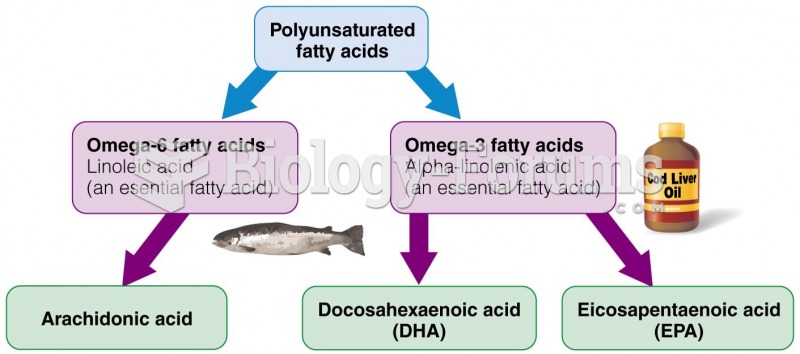Answer to Question 1
Vitamins A, K, and C as well as magnesium and omega-3 fatty acids are also important for bone health. Vitamin A is needed for adequate bone remodeling to maintain the strength of the bones. Vitamin K, which tends to be found in the same green leafy vegetables that contain calcium, is necessary for the production of a key bone protein. Vitamin C, magnesium, and omega-3 fatty acids are needed for maintaining bone density. Magnesium may also help to maintain bone mineral density since it influences calcium use in the body.
Answer to Question 2
Thebrain and other organs constantlymonitor body conditions and respond to slight fluctuations in such essentialfunctions as blood glucose, blood pH levels, and body temperature to maintain themwithin a narrow range of a physiological set point. The set-point theory holds that, to a degree, this may also be true for body weight. After weight gainsor losses, the body adjusts its metabolism somewhat in the direction of restoring theoriginal weight. Another factor is thermogenesis. The body's working enzymes normally waste a small percentage ofenergy as heat in a process called thermogenesis. Some enzymes expend copiousenergy in thermogenesis, producing heat but performing no other useful work. Asmore heat is radiated away from the body, more calories are spent, and fewer caloriesare available to be stored as body fat.One tissue extraordinarily gifted in thermogenesis is brown adipose tissue(BAT), a well-known heat-generating tissue of animals and human infants that hasbeen identified in human adults, too. People with the greatest body fatness appearto have the least BAT activity. Additionally, researchers are probing thepossibility that certain strains of intestinal bacteria mayaffect body weight. For example, substances produced by intestinal bacteria, such as enzymes or short-chain fattyacids, may trigger changes in weight, blood lipids, or other body conditions.Finally, genes play a role. If genes carry the instructions for making enzymes andenzymes control energy metabolism, then genetic variations might reasonably beexpected to explain why some people get fat and some stay lean. Indeed, genomicresearchers have identified multiple genes likely to play roles in obesity developmentbut have not so far identified a single genetic cause of common obesity. Inheritedgenes clearly do influence body weight, however. For someone with at least oneobese parent, the chance of becoming obese is estimated to fall between 30 and70 percent.







